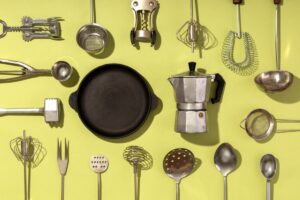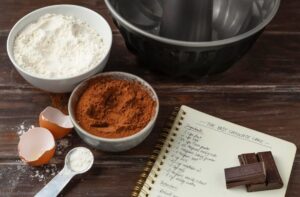The Food Blog
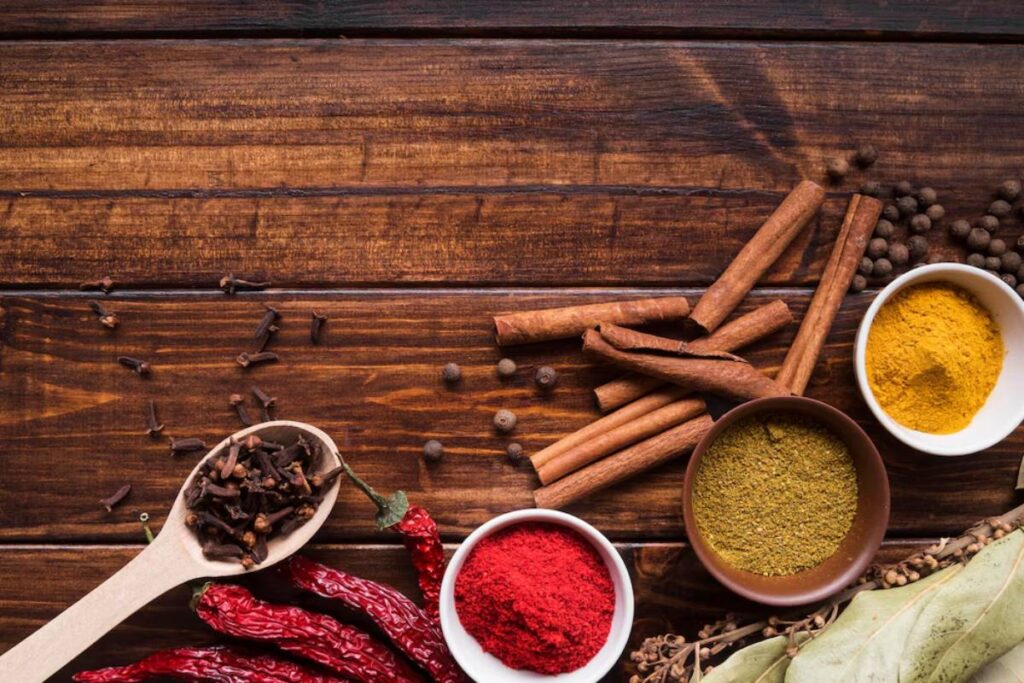
The Best Herbs and Spices for Every Cuisine
You can learn to use herbs to take a meal from bland to wow — enveloping every dish in layers of flavour, aroma and depth. You may be making delicate Italian pasta, a spicy Indian curry, or a fragrant Moroccan stew. The variety of spice blends will make it possible for you to cook authentic food at restaurant quality in the comfort of your home.
It is good to learn what the best seasonings are for the different cuisines during home cooking. This helps make the meals a bit more exciting and dynamic. Using the appropriate herbs and spices means you can use less salt and fewer artificial flavour enhancers. Which means meals are healthier and more balanced. It’s a tour of flavour, and this guide to herbs and spices is a stop on that journey. In fact, you’ll learn when to blend your spices. Plus, learn how to give everything a new twist.
The Fundamentals of Herbs and Spices
Before diving into specific cuisines, it’s important to understand the role of herbs and spices in cooking:
- Herbs are the leafy parts of plants, used fresh or dried, such as basil, parsley, and cilantro.
- Spices come from other plant parts like seeds, roots, and bark, such as cinnamon, cumin, and black pepper.
- Blending and Layering different herbs and spices ensures a balanced and complex flavour profile.
- Storage Tips: Keep spices in airtight containers away from heat and light to maintain freshness.
- Pairing Herbs and Spices with Ingredients: Some seasonings naturally enhance the flavour of specific foods. For example, rosemary complements lamb, while cinnamon enhances sweet and savoury dishes.
Essential Herbs and Spices for Every Cuisine
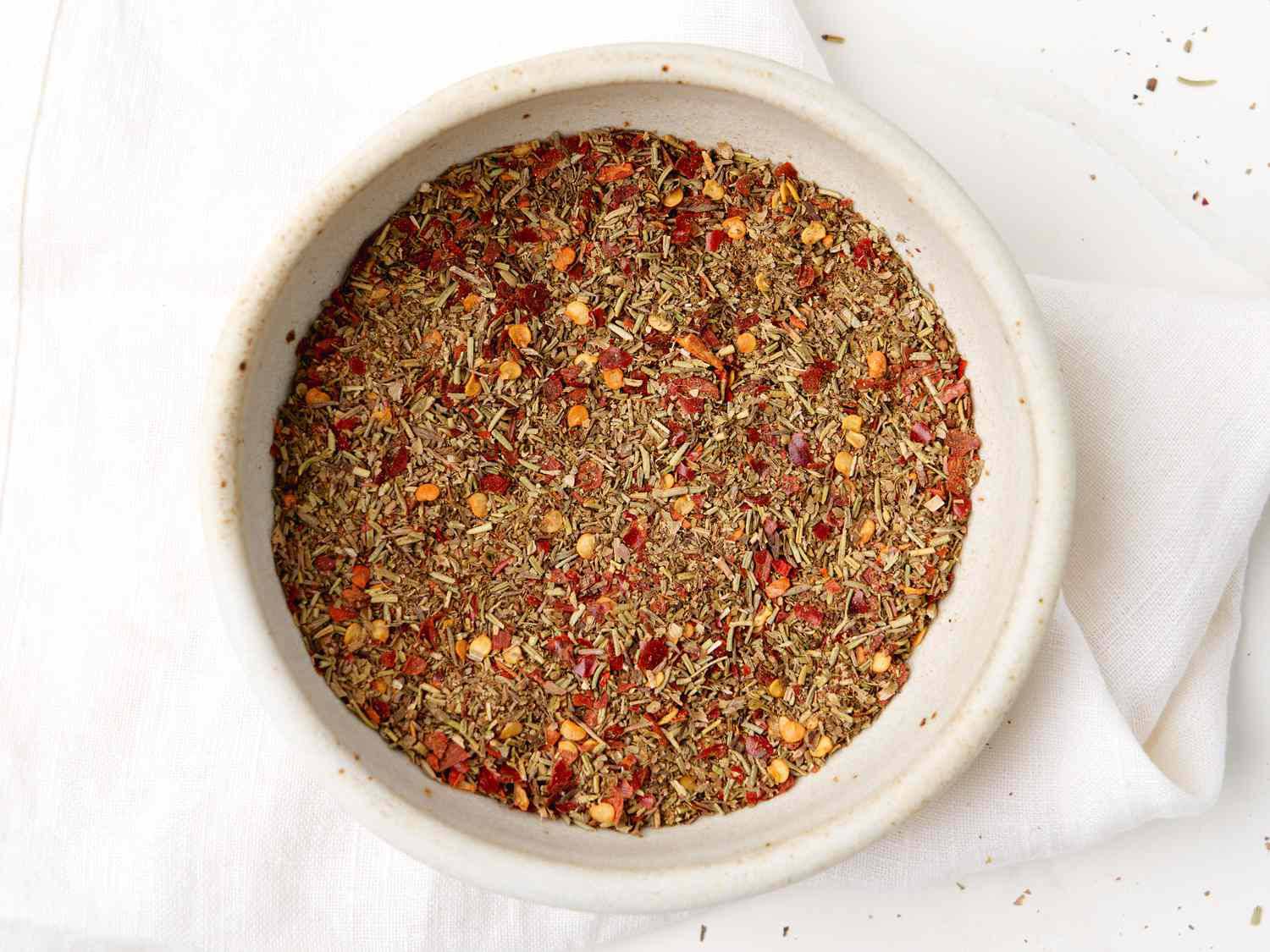
1. Italian Cuisine
Italian cooking is known for its fresh, aromatic herbs and warm, savoury spices.
Best Herbs & Spices:
- Basil: Essential for pesto and tomato-based dishes.
- Oregano: Used in pizza sauces and roasted vegetables.
- Rosemary: Perfect for roasted meats and potatoes.
- Thyme: Adds depth to soups, stews, and sauces.
- Crushed Red Pepper: Gives a subtle heat to pasta and seafood dishes.
How to Use:
- Sprinkle dried oregano over homemade pizza.
- Infuse olive oil with rosemary for dipping bread.
- Add fresh basil at the end of cooking for the best flavour.
- Use thyme to season slow-cooked sauces and braises.
2. Indian Cuisine
Indian food is known for its bold, aromatic spice blends and complex layering of flavours.
Best Herbs & Spices:
- Turmeric: Adds colour and earthy bitterness.
- Cumin: Used in curries and lentil dishes.
- Coriander: Balances spice blends with citrusy notes.
- Garam Masala: A warm spice blend with cardamom, cinnamon, and cloves.
- Fenugreek: Adds a subtle maple-like aroma.
How to Use:
- Toast whole cumin seeds before adding to curries.
- Mix garam masala into sauces at the end of cooking.
- Use turmeric sparingly to avoid overpowering dishes.
- Combine coriander with chilli and cumin for a balanced spice blend.
3. Mexican Cuisine
Mexican food is rich in smoky, spicy, and tangy flavours.
Best Herbs & Spices:
- Cilantro: A fresh herb used in salsas and tacos.
- Chilli Powder: A blend of ground chillies, cumin, and oregano.
- Cumin: Adds depth to beans and meats.
- Smoked Paprika: Enhances marinades and rubs.
- Oregano (Mexican): Stronger than Mediterranean oregano, great for chilli and sauces.
How to Use:
- Combine chilli powder and cumin for taco seasoning.
- Sprinkle fresh cilantro over guacamole.
- Add smoked paprika to grilled meats for extra flavour.
- Use Mexican oregano in bean dishes and slow-cooked stews.
4. Middle Eastern Cuisine
Middle Eastern cooking features warm, fragrant spice blends and aromatic herbs.
Best Herbs & Spices:
- Za’atar: A blend of thyme, sesame seeds, and sumac.
- Sumac: Adds tartness to salads and meats.
- Cinnamon: Used in both sweet and savoury dishes.
- Cardamom: Found in rice dishes and desserts.
- Cumin: A staple in hummus and meat rubs.
How to Use:
- Sprinkle za’atar on flatbreads with olive oil.
- Add sumac to dressings for extra tang.
- Use cinnamon in stews like Moroccan tagine.
- Mix cardamom into coffee or desserts for added depth.
5. Asian Cuisine
Asian cuisine relies on umami-rich seasonings and fresh herbs.
Best Herbs & Spices:
- Ginger: Adds warmth to stir-fries and soups.
- Garlic: A foundational flavour in Asian cooking.
- Star Anise: A key ingredient in Chinese five-spice powder.
- Thai Basil: Provides a peppery, anise-like taste.
- Sesame Seeds: Enhances salads and noodle dishes.
How to Use:
- Stir-fry garlic and ginger together as a base for many dishes.
- Sprinkle sesame seeds over stir-fried vegetables.
- Infuse broths with star anise for depth of flavour.
- Use Thai basil in curries and stir-fries.
Creating Your Spice Blends for Cooking
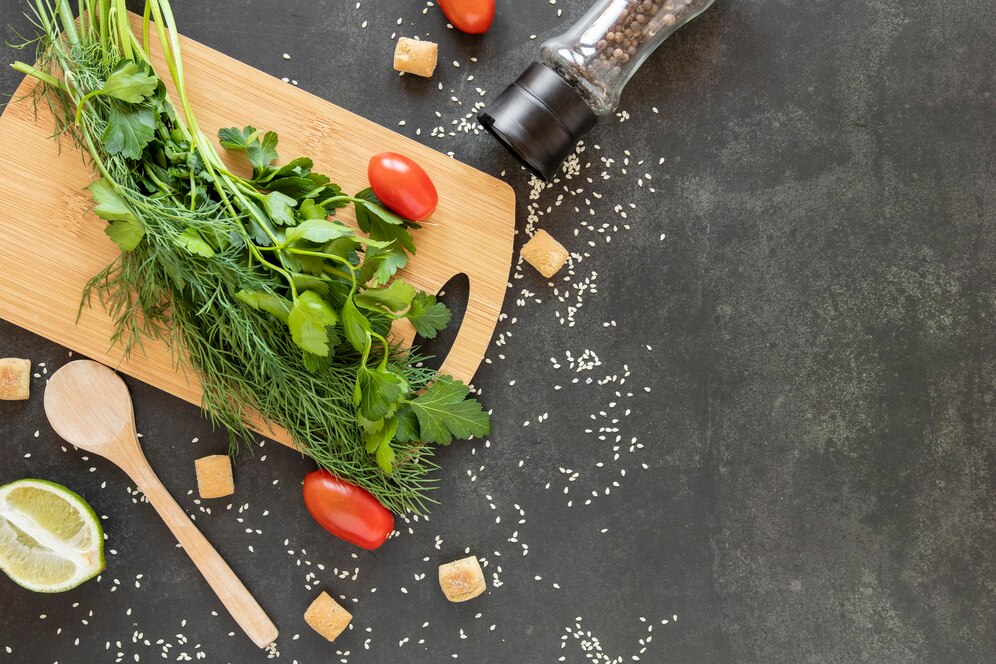
Pre-made seasonings are convenient. But making your spice blends ensures fresher and more customised flavours. Here are a few classic blends you can prepare at home:
1. Italian Herb Blend
- 2 tablespoons dried basil
- 2 tablespoons dried oregano
- 1 tablespoon dried rosemary
- 1 tablespoon dried thyme
- 1 teaspoon garlic powder
2. Taco Seasoning
- 1 tablespoon chilli powder
- 1 teaspoon cumin
- 1 teaspoon paprika
- 1/2 teaspoon garlic powder
- 1/2 teaspoon onion powder
- 1/2 teaspoon oregano
3. Curry Powder
- 2 tablespoons turmeric
- 1 tablespoon cumin
- 1 tablespoon coriander
- 1 teaspoon cinnamon
- 1 teaspoon black pepper
- 1 teaspoon cardamom
4. Mediterranean Spice Mix
- 1 tablespoon dried oregano
- 1 tablespoon dried thyme
- 1 teaspoon sumac
- 1 teaspoon garlic powder
- 1 teaspoon black pepper
How to Use Herbs in Cooking for Maximum Flavor
- Dried vs. Fresh: Fresh herbs are best added at the end of cooking, while dried herbs need more time to release their flavours.
- Layering Flavours: Start with whole spices and add ground spices or herbs towards the end.
- Blooming Spices: Toasting or frying spices in oil before adding them to a dish enhances their flavours.
- Storing Herbs Properly: Wrap fresh herbs in damp paper towels and store them in the fridge, while dried spices should be kept in a cool, dark place.
- Balancing Seasoning: Combining sweet, salty, sour, and bitter elements can create a well-rounded dish.
Herbs and Spices for Your Cooking
The right spice blends can take your home cooking to the next level, and make your home kitchen taste like your K-Town favorite. Are you cooking Indian curries, Italian pasta sauces or Mexican tacos? Knowing what the best seasonings for home chefs are is going to help you master other cuisines (and master recipes) with confidence.
Cook with fresh herbs, construct a spice cabinet, and practice the crucial art of seasoning. Know how to make restaurant-style meals with ease. Try these spices in your next meal, and bring the magic of the world’s flavours home!



